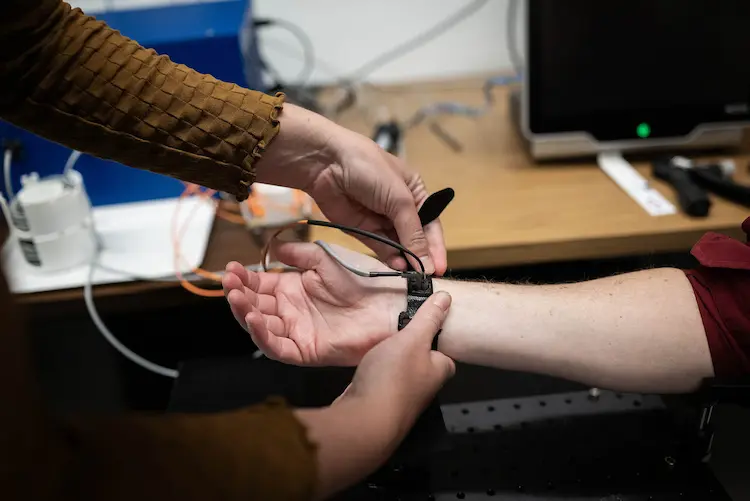Blood pressure monitoring has come a long way from the traditional cuff-based measurements in clinical settings. Recent technological advancements have revolutionized how we measure, track, and manage blood pressure, offering more accurate, convenient, and continuous monitoring options. This article explores the latest innovations in blood pressure monitoring technology, their potential impact on cardiovascular health management, and practical advice for incorporating these advancements into daily life.
Hypertension, or high blood pressure, affects more than 4 billion adults worldwide and is the leading modifiable risk factor for cardiovascular disease. Regular blood pressure monitoring is crucial for early detection and management of hypertension, which can often be controlled through lifestyle changes and medication. However, traditional methods of blood pressure measurement have limitations, including infrequent readings and the potential for “white coat hypertension” in clinical settings.

Wearable blood pressure monitors have gained significant attention in recent years. These devices offer several advantages over traditional methods:
Examples of wearable blood pressure monitors include:
These devices allow for more frequent measurements, providing a comprehensive picture of blood pressure patterns throughout the day and night.
Researchers are developing innovative ways to measure blood pressure using smartphones, making monitoring more accessible and convenient. A recent breakthrough involves using a smartphone’s built-in sensors to measure pulse pressure.
Key features of smartphone-based blood pressure monitoring:
This technology could be particularly beneficial for underserved populations with limited access to traditional blood pressure monitoring devices.
Cuffless blood pressure monitoring represents a significant advancement in the field. These technologies aim to measure blood pressure without the need for traditional inflatable cuffs, offering greater comfort and the potential for continuous monitoring.
| Technology | Method | Advantages | Limitations |
|---|---|---|---|
| Photoplethysmography (PPG) | Optical sensing of blood volume changes | Non-invasive, continuous monitoring | Requires calibration, sensitive to motion artifacts |
| Tonometry | Pressure sensor applied to the radial artery | Beat-by-beat measurements | Vulnerable to physical movement, limited to stationary use |
| Pulse Transit Time (PTT) | Measures time between ECG and pulse wave arrival | Potential for continuous, cuffless monitoring | Requires multiple sensors, accuracy challenges |
While these technologies show promise, many are still under development and require further validation for clinical use.
The advancements in blood pressure monitoring technology offer several potential benefits:

Despite the promising advancements, several challenges remain:
Advancements in blood pressure monitoring technology are transforming cardiovascular health management. From wearable devices to smartphone applications and cuffless technologies, these innovations offer more frequent, convenient, and comprehensive blood pressure monitoring. While challenges remain, the potential benefits in terms of improved diagnosis, personalized treatment, and patient engagement are significant.
As these technologies continue to evolve, they promise to play a crucial role in the early detection and management of hypertension, ultimately contributing to better cardiovascular health outcomes. However, it’s essential to approach these advancements with a balanced perspective, ensuring proper validation, addressing privacy concerns, and maintaining the central role of healthcare professionals in interpreting and acting on the data generated by these new monitoring methods.